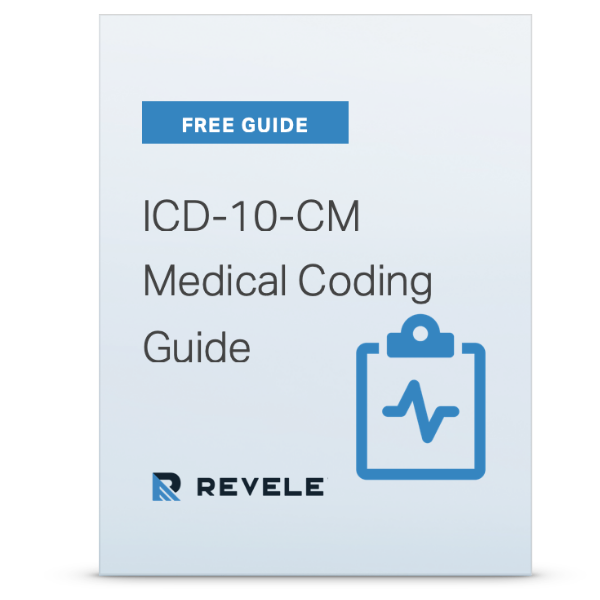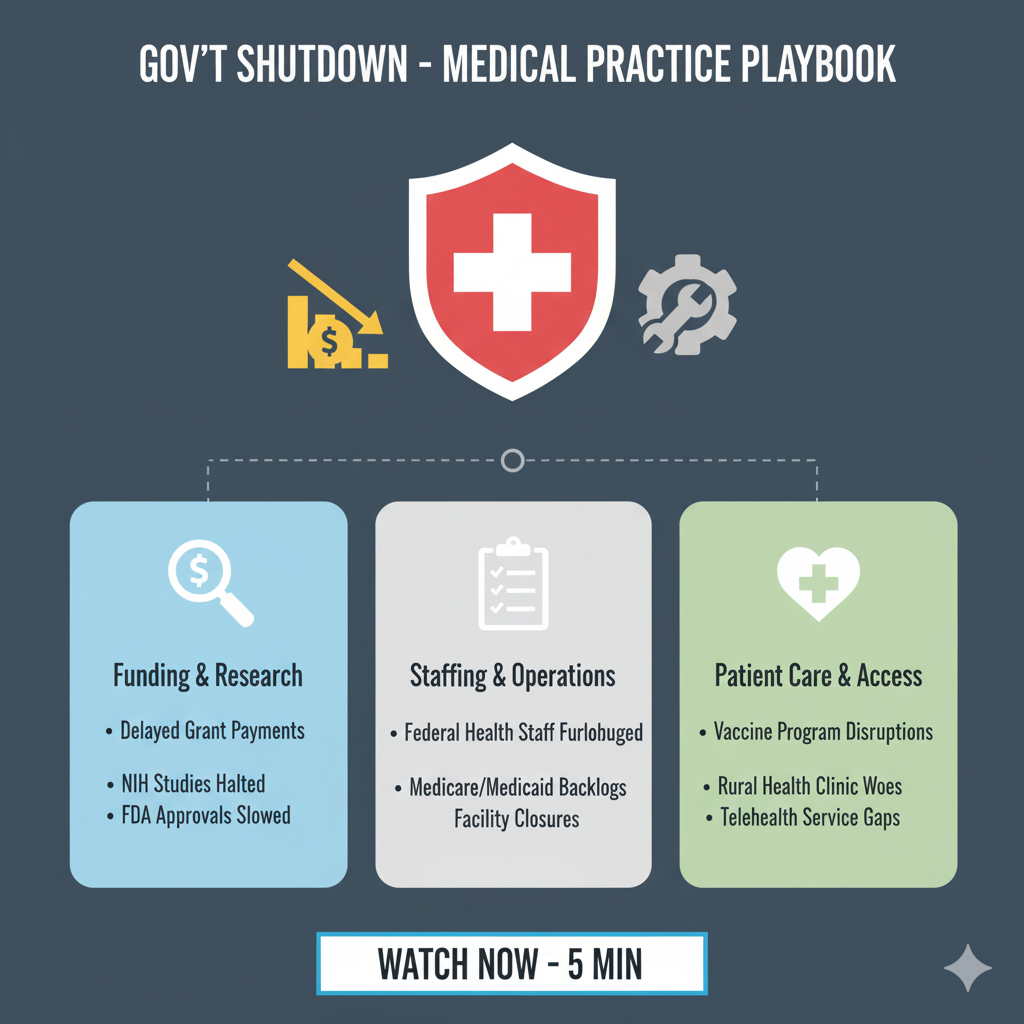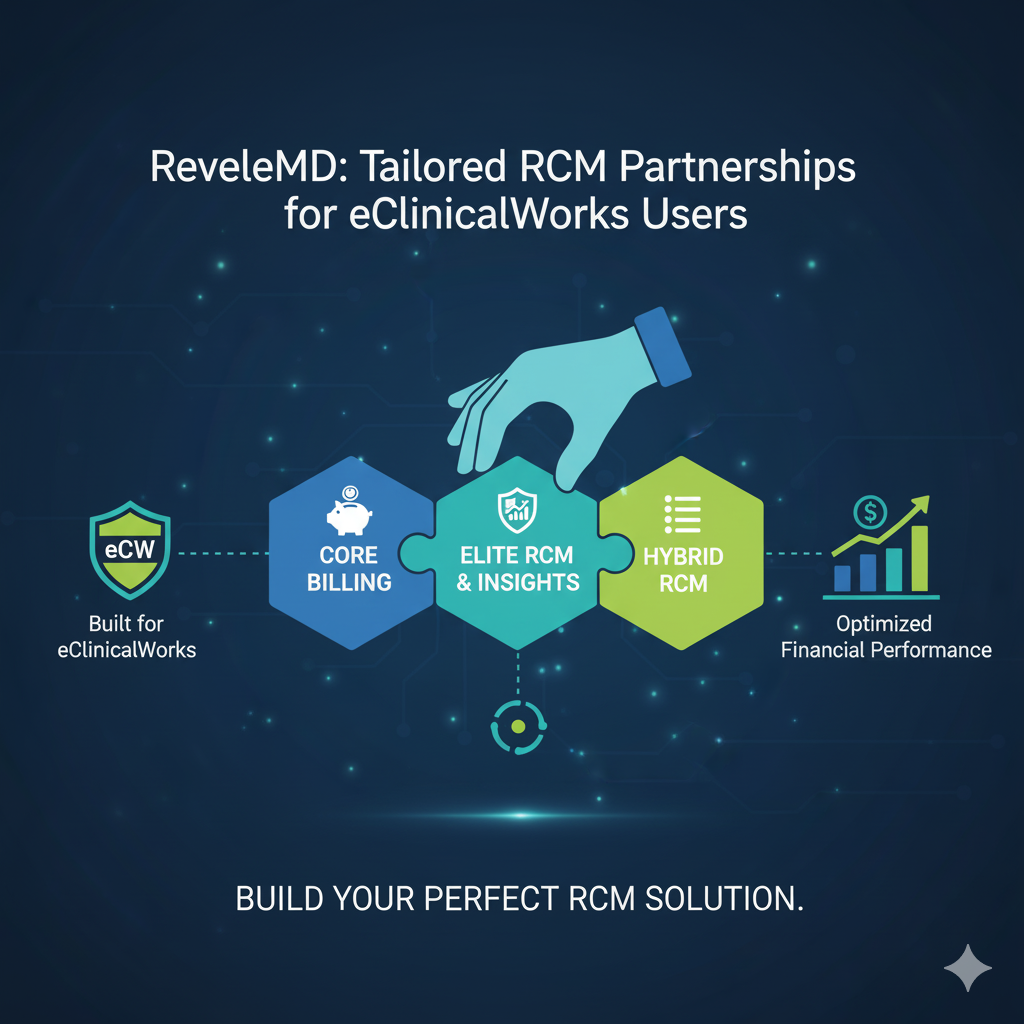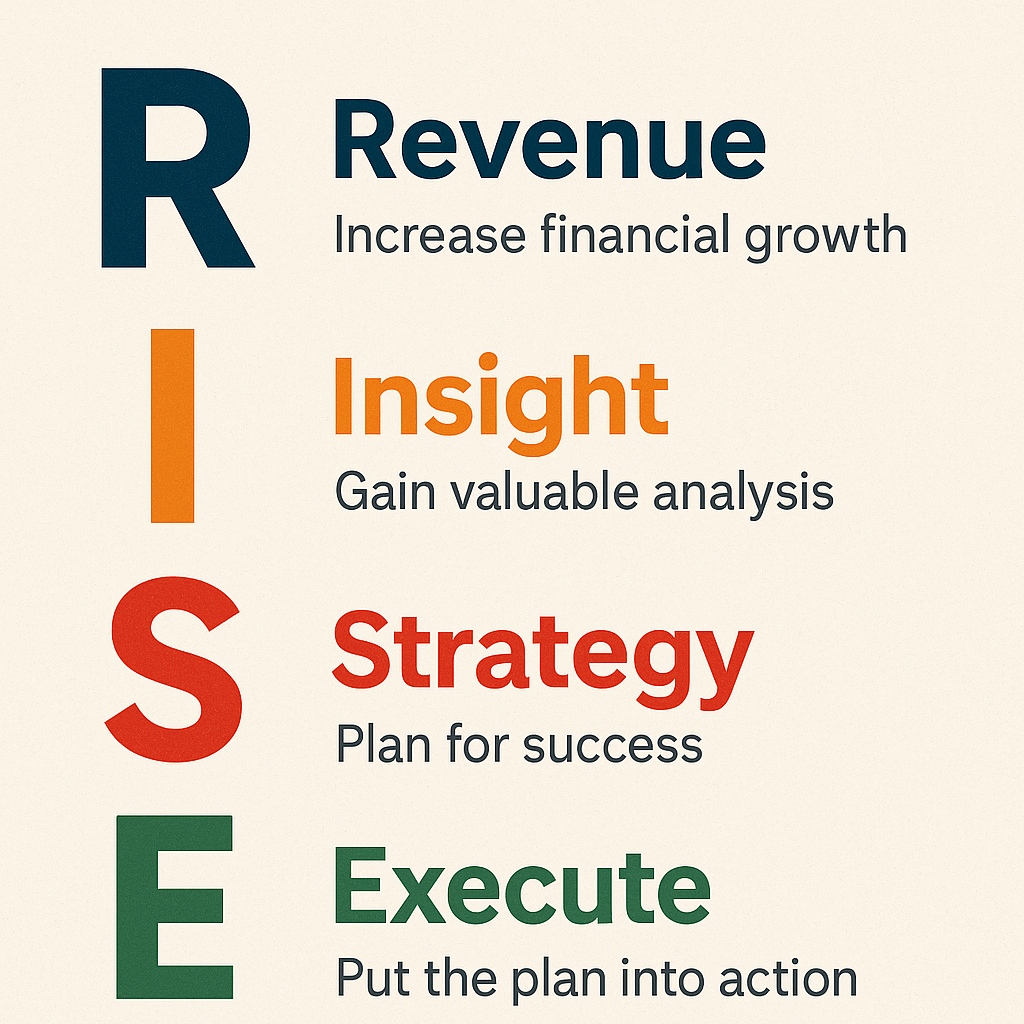Now more than ever, physicians need to closely monitor the impact health insurance plans have on their revenue cycle management. The hard truth is, high AR is an indicator that RCM performance improvements should be made in your practice immediately. So what are the red flags you should look out for to lower your practice's AR?
Let’s take a closer look at four common mistakes that lead to high accounts receivables and how you can take actionable steps towards improvement.
Failure to Address Claim Denials
The American Academy of Family Physicians (AAFP) reported an industry average of a 5% to 10% denial rate for health insurance claims. Practices should aim to lower denial rates to 5% or below to maintain a positive cash flow.
Consider a practice that files $150,000 in insurance claims within a four month period. On average, the practice could face anywhere from $7,500 to $15,000 in claims denials per quarter.
Denial rates can increase for a number of reasons including coding errors, charge entry mistakes, payer errors, missed payer deadlines, and medical necessity denials. To lower denial rates, put clear internal processes in place to help staff members identify errors prior to claims submission.
In the case of payer errors and medical necessity denials, do your research and file appeals when necessary. Doing so could reduce lost revenue in the long run.
Staffing Issues
Well trained staff is your best line of defense for preventing high account receivables. A few key ways to address staffing issues are to take measures to hire qualified employees and offer ongoing training programs as needed.
Staff who lack an understanding of revenue cycle management are more likely to make the following mistakes:
- Internal billing and coding errors.
- Failing to prioritize patient collections.
- Failing to properly educate patients about payment policies.
- Not verifying insurance for every patient.
The number of accounting issues your practice could face due to unqualified or unmotivated staff members are endless but why take the risk? Narrow down the most common issues leading to high accounts receivables in your practice and train or hire staff where applicable. If finding qualified staff is an issue, consider outsourcing your revenue cycle management.
Patient Collections
Performance measures should also be in place to track patient collections. If employee performance is below standard, your staff must be held accountable for errors.
To minimize collection mistakes consider implementing the following:
- Require patient to pay at time of service.
- Implement a credit card on file program
- Update patient billing information per visit.
- Explain insurance benefits and financial responsibility to patients.
- Implement an audit process to track delinquent accounts prior to patient visit.
- Analyze financial reports at month end to identify problems.
- Have a financial policy in place.
With high deductible health plans (HDHPs) on the rise, patient education and well-defined payment expectations are imperative. Training your staff to effectively communicate financial policy is crucial to successful patient collections.
If you find that collections performance is consistently low, consider hiring a collection agency — if your budget will allow for it.
Failure to Review Write-offs
Applying the wrong adjustments to charges is one of the most common payment posting mistake. Be sure to review write-offs for errors and opportunities to improve revenue cycle performance.
The AAFP recommends that you have access to your fee schedule and reimbursement schedule from each payer, to keep close track of contractual write-offs.
Non-contractual write-offs — on the other hand — are often unnecessary and within your control. Some examples of unnecessary reasons for approving write-offs include: filing an insurance claim past the payer deadline, administrative or service errors, and writing off debts to transfer to a collections agency.
Reviewing contractual and non-contractual write-off reports each month is important for making revenue cycle improvements and ultimately collecting the money you’re owed.
When you're well informed about the state of your practice's accounts receivables, the ball is in your court to make changes that will boost revenue.
A/R OPTIMIZATION SERVICE
Speed-up payments with A/R Fuel
Quickly convert aged A/R into cash flow.








